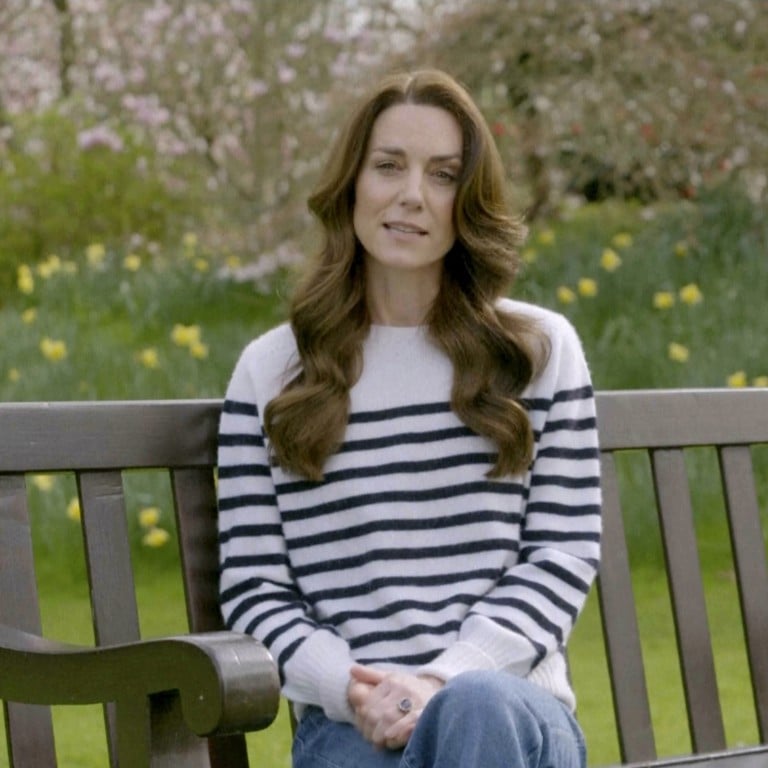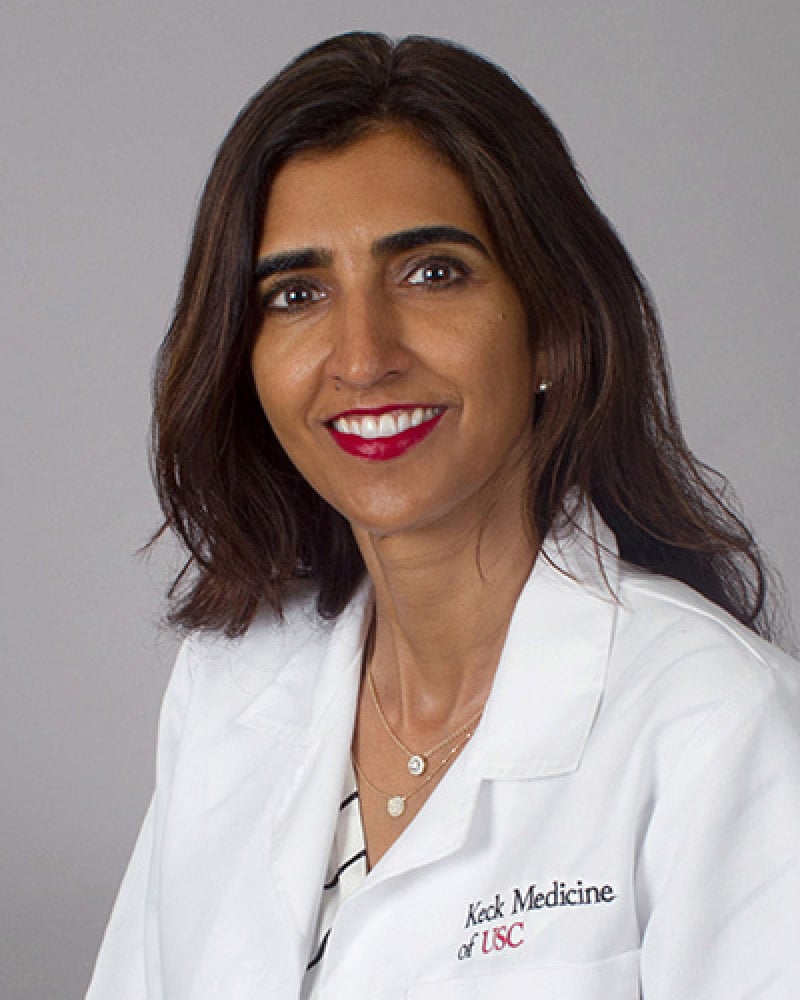
Kate Middleton’s cancer: what doctors learned from the Princess of Wales’ video announcement
- We don’t know what type of cancer the Princess of Wales has, but it is not unusual for it to be diagnosed after surgery, as in this case, a cancer doctor says
- The fact her doctors think all of the cancer was removed and she is having preventive chemotherapy gives cause for optimism, a cancer scientist says
After months of speculation about her recent health challenges, the Princess of Wales has revealed she has cancer.
The video announcement was short on specifics, prompting a new set of questions about her condition. She said she was initially told her “condition was non-cancerous”.
Learning otherwise after medical tests had been conducted “came as a huge shock”, the former Kate Middleton said.
She said she told the public the same thing she told her young children, princes George and Louis and Princess Charlotte: “I am well and getting stronger every day”.

Here’s a look at what is known about the princess’ condition:
What kind of cancer does Kate have?
She didn’t say.
With so little information to go on, it’s impossible to know exactly what the princess is up against, experts say.
After years on alternative cancer therapy, yogi accepts chemo, radiotherapy
Other than that, “it can be anything in the abdominal cavity – ovary, colon, appendix, stomach”, says Dr Beth Karlan, a gynaecologic oncologist at the UCLA (University of California Los Angeles) Jonsson Comprehensive Cancer Center. “Any of the organs you think of in your tummy could have a malignancy.”

If she was initially told she didn’t have cancer, why did her diagnosis change?
Sometimes a cancer patient’s initial symptoms look like something else.
For instance, doctors may think a blockage in the ducts of a patient’s gall bladder is caused by a gallstone, but when they perform surgery to remove it, they find cancer, says Dr Syma Iqbal, a gastrointestinal oncologist at USC (University of Southern California) Norris Comprehensive Cancer Center, in Los Angeles.
During surgery, pieces of tissue are removed and sent to a pathology lab, where they are sliced up and examined under a microscope. That close inspection reveals features that are too small to be seen in an operating room.

Discovering that a patient has cancer only after surgical treatment is “not common, but it’s not rare”, Karlan says.
What is Kate’s prognosis?

What is preventive chemotherapy?
Surgery can remove the bulk of a tumour, and if surgeons know they are operating on a malignancy, they will remove some surrounding tissue and lymph nodes to increase their odds of capturing breakaway cancer cells, Iqbal says.
The health benefits of laughter and how it helped a cancer survivor let go
But if there’s a risk that some cells may remain, chemotherapy is a way to kill them off, thus reducing the risk of a recurrence.
“It can improve the chance of long-term cure and survival,” says Dr Edward Kim, physician-in-chief for City of Hope Orange County, a cancer treatment centre in Irvine, California.
In the United States, this kind of secondary treatment is called adjuvant chemotherapy. Radiation treatment and hormone therapy are other examples of adjuvant therapies for cancer patients.

“The fact that they think all of the cancer was removed and preventive or adjuvant chemotherapy was given gives us some cause for optimism,” says Dr Bill Dahut, chief scientific officer with the American Cancer Society.
“If you had found a lot more cancer than you expected, you’d have to go in for another operation. Or if the cancer had already spread, it would be treatment for metastatic or advanced cancer,” Dahut says.
“This is chemotherapy given for what’s presumed to be microscopic spread.”
Kate is 42. Isn’t that kind of young to get cancer?
At 42, the princess is on the younger side of cancer patients. But the incidence of cancer has been rising among people under 50, Kim says.
Rise in cancers in people under 50 should be a wake-up call, experts say
“We are absolutely seeing younger people being diagnosed with cancer,” he says.

